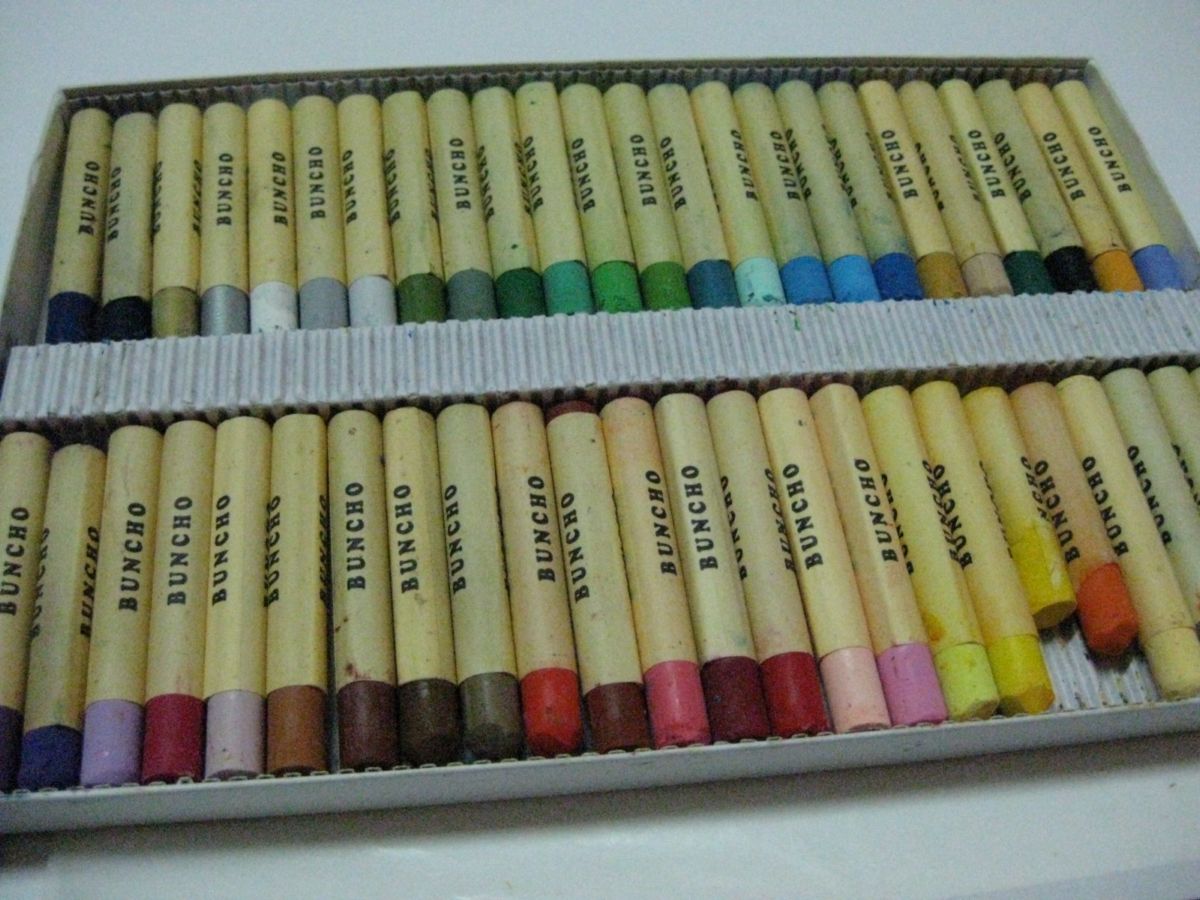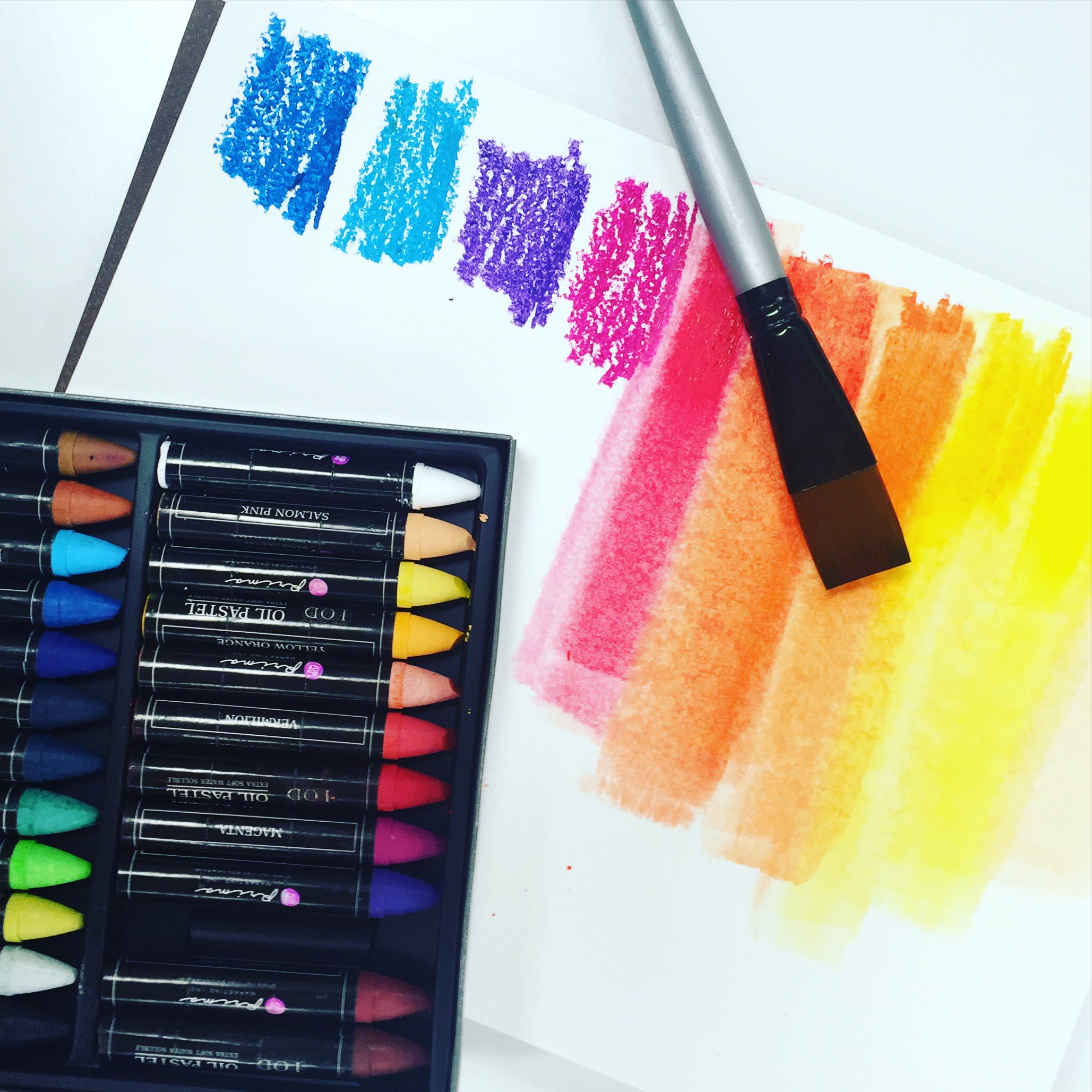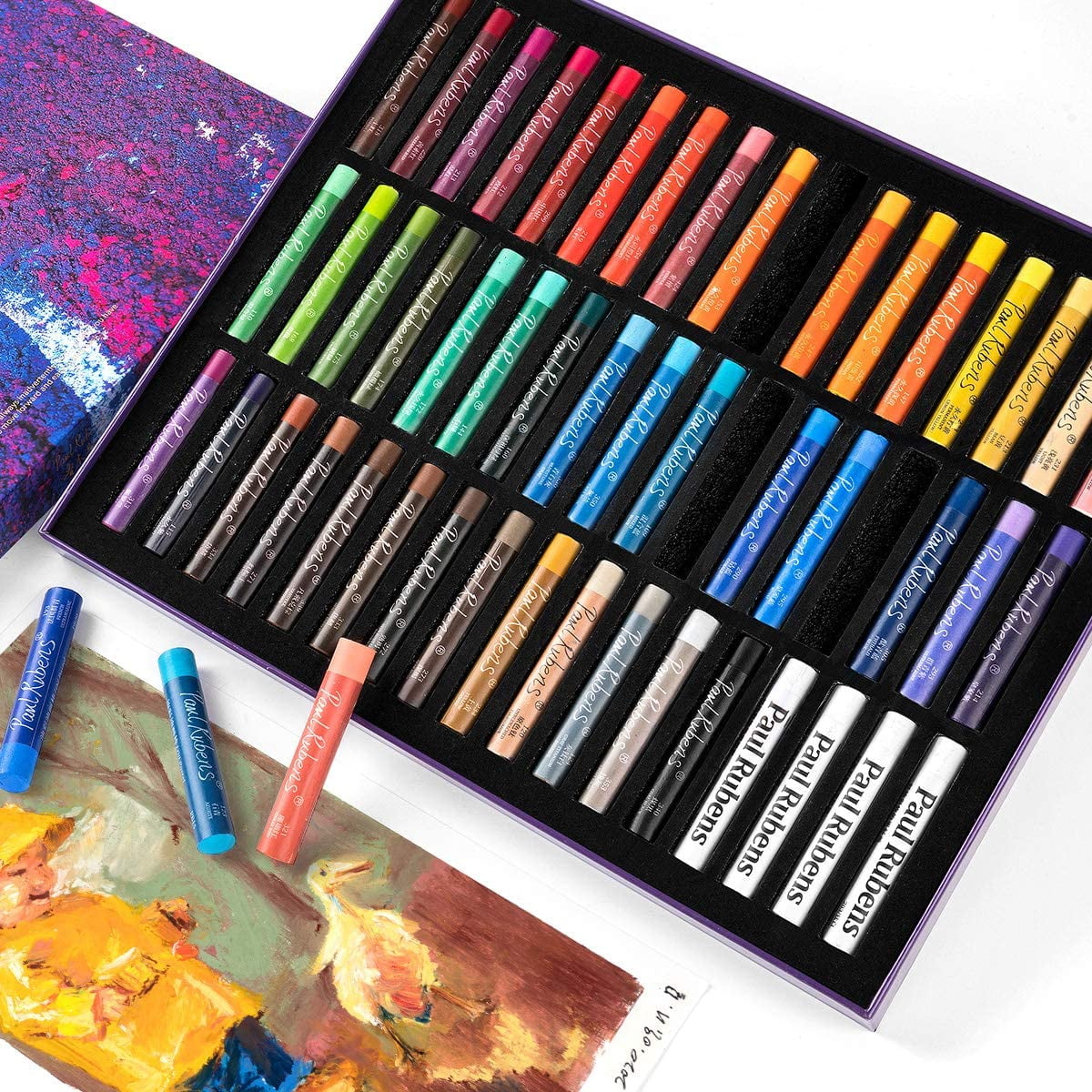Oil Pastels
Oil pastels are a versatile and vibrant medium for artists of all levels. They provide a unique texture and color intensity that cannot be replicated by other mediums. If you’re interested in creating art with oil pastels, read on to find out more about this exciting medium.
Pain Points of Using Oil Pastels
One common issue that artists may face when using oil pastels is that they can be messy and difficult to control. Unlike traditional dry pastels, oil pastels do not smudge easily and can smear and blend in unintended ways. Additionally, the colors may smudge or bleed into one another if not used carefully.
The Target of Oil Pastels
Oil pastels are a medium that is ideal for artists who enjoy experimenting with texture and color. They can be used to create a range of effects, from soft and smooth to bold and vibrant. Oil pastels are also great for creating detailed artwork, as they allow for precise strokes and shading.
Main Points about Oil Pastels
When it comes to using oil pastels, there are a few key points to keep in mind. Firstly, it’s important to choose a high-quality set of oil pastels, as cheap sets can be difficult to work with and may not produce the desired effect. Additionally, it’s important to work on a sturdy surface and to protect your artwork with a fixative spray once it’s complete. Finally, it’s a good idea to experiment with different techniques and styles to find what works best for you.
The Target of Oil Pastels: Vibrant and Textured Artwork
I first discovered oil pastels when I was looking for a new medium to experiment with. I had been working with acrylic paint for a long time and was looking for something that would allow me to create more texture and depth in my artwork. When I tried oil pastels for the first time, I was hooked!

Oil pastels allow me to create vibrant, textured artwork that really stands out. I love the way the colors blend together and the unique texture that they create on the paper. Plus, because oil pastels are so easy to work with, I can quickly create beautiful pieces of art without spending too much time.
My Favorite Techniques for Using Oil Pastels
One technique that I love to use with oil pastels is blending. By layering different colors on top of each other and then blending them together, you can create beautiful, complex shades and hues that would be difficult to achieve with any other medium. I also love to use a palette knife to create interesting textures and to experiment with different blending techniques to create unique effects.

Working with Different Surfaces Using Oil Pastels
One of the great things about oil pastels is that they can be used on a variety of surfaces, from paper to canvas to wood. However, it’s important to choose the right surface for your artwork. For example, if you want to create detailed artwork, it’s best to use a smooth paper, while if you want to create more textured pieces, a rougher surface such as canvas or wood would be ideal.

The Beauty of Oil Pastels: Versatile and Expressive
Overall, oil pastels are a versatile and expressive medium that can be used to create a wide range of artwork. Whether you’re a seasoned artist or just starting out, oil pastels are a great way to experiment with new techniques and create exciting, vibrant pieces of art.
Question and Answer
Q: Can oil pastels be used with other mediums?
A: Yes, oil pastels can be paired with a variety of mediums, including acrylic paint, watercolor, and even charcoal.
Q: How can I protect my oil pastel artwork?
A: It’s a good idea to use a fixative spray to protect your oil pastel artwork. This will prevent smudging and ensure that your artwork lasts for years to come.
Q: What type of paper should I use when working with oil pastels?
A: It’s best to use a heavy-weight, acid-free paper or a specialized oil pastel paper to ensure that the colors adhere properly and that the paper doesn’t get damaged.
Q: How do I blend oil pastels?
A: There are many ways to blend oil pastels, from using your fingers to using specialized blending tools. One popular technique is to layer the colors on top of each other and then blend them together with a cloth or a paintbrush.
Conclusion of Oil Pastels
If you’re looking for a medium that is expressive, versatile, and vibrant, oil pastels are definitely worth considering. With a bit of practice and experimentation, you can create beautiful works of art that capture the unique texture and color intensity of this exciting medium. Happy creating!
Gallery
The Art Of Art: Oil Pastels
Photo Credit by: bing.com / oil pastels drawing landscape color pastel drawings painting easy kids scraping used paintingvalley
Dormant Butterfly: Pastels, Oil Pastels & Aqua Crayons
Photo Credit by: bing.com / crayons oil pastels aqua dormant butterfly aquarell mungyo
Paul Rubens Oil Pastels, 48 Colors Oil Pastel + 3 White Soft And
Photo Credit by: bing.com / rubens
Fun With Oil Pastels
Photo Credit by: bing.com / kreide jaxon huile chalk
Oil Pastels – Know More About This Medium - Page 2 Of 2 - Bored Art
Photo Credit by: bing.com / pastels oil oul medium know using



